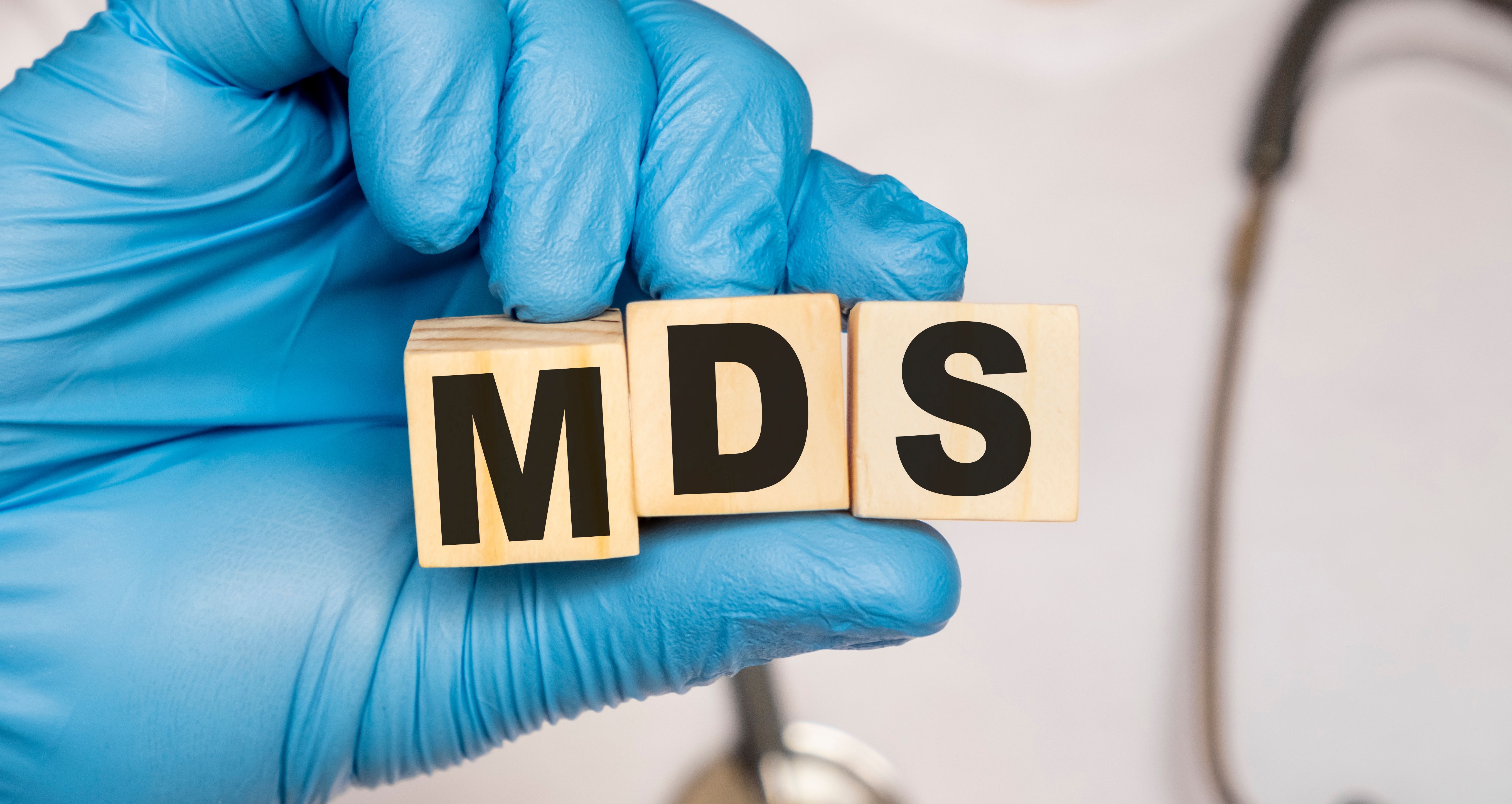- Center on Health Equity and Access
- Clinical
- Health Care Cost
- Health Care Delivery
- Insurance
- Policy
- Technology
- Value-Based Care
Machine Learning and Neural Network Can Be Effective Diagnostic Tools in MDS, Study Finds
The investigators said their new system makes it possible for researchers to leverage artificial intelligence even if they do not have expertise working with advanced software.
Artificial intelligence can improve detection of binucleated erythroblasts (BNEs), a rare and difficult-to-quantify phenomenon that can indicate myelodysplastic syndrome (MDS), according to a new report.
The investigators behind the study say the new method streamlines the use of new technology to make it more feasible to leverage machine learning. The study was published in Scientific Reports.1
The authors explained that MDS is notably heterogeneous, but it can typically be diagnosed based on morphologic bone marrow (BM) dysplasia and persistent cytopenia.
Myelodysplastic syndromes, or MDS, are a group of bone marrow disorders. | Image Credit: © Sviatlana - stock.adobe.com

“However, accurate diagnosis of cases in which mild cytopenias and subtle dysplastic changes are present can be difficult, and inter-scorer variability and subjectivity may be present, even among experienced hematopathologists,” they wrote.
Some patients are left with indefinite diagnoses, such as idiopathic cytopenia of undetermined significance (ICUS) or clonal cytopenia of undetermined significance (CCUS), they said.
Given the current lack of precision, the investigators said it is important to identify objective, standardized methods of distinguishing MDS from nonclonal reactive causes of cytopenia and dysplasia.
“Moreover, rare events that are indicative of MDS such as binucleated erythroblasts, while easy to identify using visual microscopy, can be challenging to quantify in large numbers, thus limiting statistical robustness,” they said.
One possible solution is imaging flow cytometry (IFC), since “it combines high-throughput data acquisition capacity and statistical robustness of conventional multicolor flow cytometry (MFC) together with high-resolution imaging capabilities of microscopy in a single system.”
A previous study by the same group found IFC is effective at analyzing morphometric changes in dyserythropoietic BM cells.2 In that study, the investigators used IFC to analyze samples from 14 patients with MDS, 6 patients with ICUS/CCUS, 6 non-MDS controls, and 11 healthy controls.
The investigators found the IFC model, “reliably identified and enumerated true binucleated erythroblasts at a significantly higher frequency in two out of three erythroblast maturation stages in MDS patients compared to normal BM (both P = .0001).”
Still, they said the workflow of the feature-based IFC analysis is challenging and time-consuming, and requires software-specific expertise. That’s why, in the new paper, they proposed using a convolutional neural network (CNN) algorithm to analyze the IFC image data. They said the CNN algorithm has better accuracy and also more data-interpretation flexibility than feature-base analysis alone. In addition, they used artificial intelligence software specifically designed with a graphical user interface designed to render results that are meaningful to researchers who do not have advanced coding skills.
To test out the new method, the investigators used the raw data from the earlier study and analyzed it using the new artificial intelligence model in order to compare the model’s results to the previous IFC analysis. Each of the samples was also manually examined to validate the presence of BNEs.
The new model had an accuracy of 94.3% and a specificity of 98.2%. The latter means the model rarely misclassified non-BNEs and BNEs. The model’s sensitivity was lower, as 21.1% of BNEs in the data set were incorrectly classified as erythroblasts exhibiting irregular nuclear morphology. Overall, though, the investigators said the data suggest a high degree of confidence that when the model identifies a BNE it is correct.
The investigators said it was notable that the model worked as well as it did despite the small data set used to train it. They said incorporating a more robust data set would likely improve the model’s performance.
“Emphasis should be placed on augmenting the classes of cells with irregular nuclear morphology and BNEs that posed classification difficulties,” they wrote. “Moreover, expanding the range of classification categories to include a category for uncertain cases, in addition to BNEs, doublets, and cells with irregular nuclear morphology, could be beneficial.”
For now, though, the investigators said their study shows that AI has the potential to be an effective and efficient diagnostic tool for patients with MDS.
References:
- Rosenberg CA, Rodrigues MA, Bill M, Ludvigsen M. Comparative analysis of feature-based ML and CNN for binucleated erythroblast quantification in myelodysplastic syndrome patients using imaging flow cytometry data. Sci Rep. 2024;14(1):9349. doi:10.1038/s41598-024-59875-x
- Rosenberg CA, Bill M, Rodrigues MA, et al. Exploring dyserythropoiesis in patients with myelodysplastic syndrome by imaging flow cytometry and machine-learning assisted morphometrics. Cytometry B Clin Cytom. 2021;100(5):554-567. doi:10.1002/cyto.b.21975
Frameworks for Advancing Health Equity: Urban Health Outreach
May 9th 2024In the series debut episode of "Frameworks for Advancing Health Equity," Mary Sligh, CRNP, and Chelsea Chappars, of Allegheny Health Network, explain how the Urban Health Outreach program aims to improve health equity for individuals experiencing homelessness.
Listen
Valoctocogene Roxaparvovec Dramatically Reduces Bleeding in Hemophilia A
May 15th 2024New study findings demonstrate that valoctocogene roxaparvovec, a gene therapy for severe hemophilia A, significantly reduces bleeding episodes and dependency on factor VIII infusions over a 3-year period, while maintaining a favorable safety profile.
Read More
